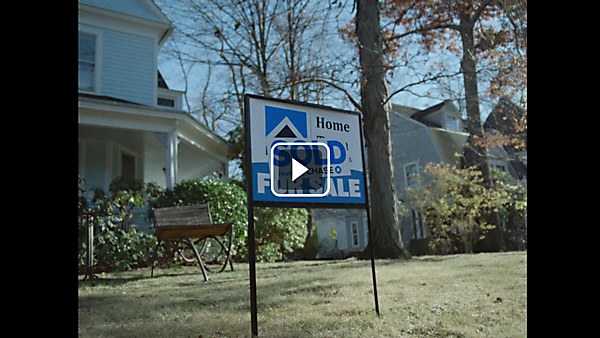Responses by Droga5 New York.
Background: By centering the work around a country song and life’s universal milestones, financial banking company Chase signaled its intent to connect in a more human, culturally relevant way. The result is a film that bridges emotional distance, reminding people that the brand isn’t just present in every town but in every chapter of life.
Design thinking: This is a country music video made for America’s biggest bank. Instead of creating a traditional ad, Chase used Jordan Davis’s song “Next Thing You Know” to shape a narrative that feels more like entertainment than marketing. The film unfolds in six chapters, each guided by the lyrics of the song and focused on all of life’s moments, big and small. The result is a cohesive and emotionally immersive piece that feels less like an ad and more like a story people want to watch and feel.
Challenges: Unlearning all the typical rules of bank advertising—for both the creative team and the clients. We had a different goal with this piece and aligned early on around what we wanted people to feel. We kept the focus squarely on the customer and made the film about human connection. It was a brave choice—and not without a few bumps along the way—but to truly disrupt the category, we had to be willing to do things differently.
Favorite details: Music shaped every element of the craft. Jordan Davis’s track didn’t just score the film—it also structured it. Each lyric marked a life chapter; every beat guided an edit. Shot on film and built like a music video, the piece ran at its full 2:45 length across national TV with Chase buying out entire ad breaks to create space for uninterrupted, emotionally immersive storytelling. From edit to pacing, this was a cinematic collaboration between song and story—where the music didn’t just accompany the message, it became the message.
Visual influences: Finding the right director was crucial to capturing the emotion we were after. Coincidently, Stefanie Soho was a reference we pulled early in creative development, and she ultimately had an incredible vision for the film. The choices she made were deliberate, like shooting on film in a 4:3 aspect ratio. In her words, “it gave the piece a warmth, honesty and timeless quality that set it apart from the glossy look of typical bank ads. Our casting, styling and locations portray real life, not the polished version of it.”
Time constraints: Each chapter became an exercise in narrative economy and character development, using performance, detail and cinematography to suggest entire relatable backstories and inner worlds in just a few frames. Stefanie wanted the audience to feel like they were witnessing something they’ve experienced themselves, almost feeling like a recent memory—personal, raw, and incomplete in the best way. Her goal was to tell full, emotional stories in fragments and leave space for the audience to fill in the rest so they would really connect to the characters.
droga5.com
Browse Projects
Click on an image to view more from each project



